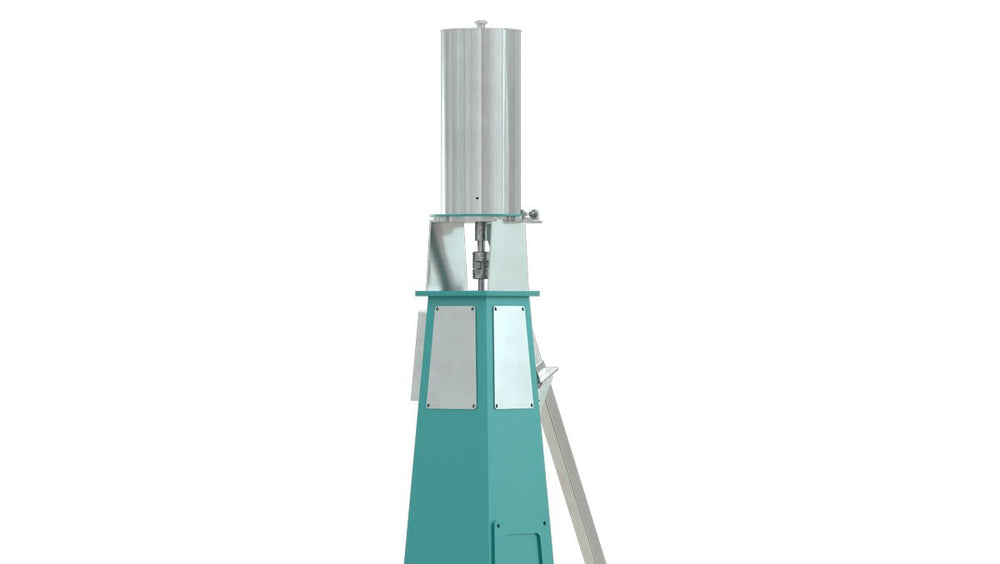When it comes to running a successful milling business, food safety isn’t optional—it’s essential. In today’s market, consumers demand safe, clean food, and a single contamination incident can cost you more than just money. It can damage your reputation and halt your operations. So how do you make sure your maize mill consistently produces safe, high-quality food? That’s where good food safety systems come in.
🔗 Looking for a more detailed breakdown of the HACCP system? Read our foundational blog: Ensuring Food Safety by Implementing a HACCP Plan
What does food safety mean in a maize mill?
Food safety means identifying possible sources of contamination in your process and preventing them before they affect your product. A globally recognised system for doing this is HACCP (Hazard Analysis and Critical Control Points). It helps you map out your process, spot risks, and take action where it matters most.
Know your food safety hazards
In any maize milling operation, three types of hazards can affect your final product:
- Biological hazards – Bacteria, mould, and other microorganisms that can come from unclean equipment, poor staff hygiene, or contaminated raw maize.
- Chemical hazards – Cleaning chemicals, pesticides, or even lubricants used on machinery.
- Physical hazards – Unwanted objects like bits of metal, glass, string or wood.
All of these can seriously impact consumer health. That’s why adopting a zero-tolerance mindset is critical.
Implementing HACCP: a practical guide
The HACCP system works through seven key principles:
- Identify potential hazards.
- Determine Critical Control Points (CCPs) where those hazards can be prevented or removed.
- Set limits at each CCP (e.g. temperature, sieving level).
- Monitor your CCPs to make sure they stay within limits.
- Take corrective action if something goes wrong.
- Check that the system is working (validation and verification).
- Keep proper records of everything.
💡 Pro Tip: Start by creating a simple flowchart of your process—from intake to dispatch. Use it to pinpoint CCPs and draft your first hazard analysis.
Everyone in your plant plays a role. Intake, milling, blending and packing teams all need to understand and follow safety procedures. Regular training helps make this second nature.
A written HACCP plan will help you stay consistent. It should include:
- Company details and food safety objectives
- A full process flow map
- Hazard analysis and CCP identification
- Step-by-step control procedures and corrective actions
PRPs: The foundation under your food safety system
For HACCP to work, you need strong Prerequisite Programs (PRPs). These are your everyday good practices. Think of them as the building blocks beneath your safety plan:
- Pest control – Keep pests out with scheduled inspections and documented treatments.
- Waste disposal – Remove waste efficiently to avoid cross-contamination and pest attraction.
- Chemical handling – Use proper storage and clear labels for cleaning agents and lubricants.
- Maintenance – Perform repairs safely and hygienically with food-grade tools.
- Cleaning and sanitation – Use food-safe chemicals and maintain a cleaning log.
- Staff hygiene – Protect the product by following personal hygiene procedures.
Many mills fail food safety audits due to weak PRPs—so get these right before anything else.
Hygiene: your first line of defence
Good personal hygiene is one of the easiest ways to avoid contamination. In most mills, basic hygiene rules should include:
- Leave street shoes at the door.
- Wear clean overalls and head coverings.
- Wash hands before entering and after any break.
- No jewellery, earrings, or watches.
Checklist: Personal hygiene protocol
Are handwashing stations fully stocked?
Are staff uniforms laundered regularly?
Are hygiene rules clearly posted and enforced?
Even small lapses—like unwashed hands or dirty boots—can lead to contamination and costly recalls.
Control Points vs. Critical Control Points
What’s the difference?
- Control Points (CPs) – Steps in your process that require oversight but don’t eliminate hazards.
- Critical Control Points (CCPs) – Steps where a control measure is essential to remove or reduce a hazard.
For example, a magnet or metal detector on your packing line is a CCP—it physically removes dangerous fragments. A control point, or CP would be to regularly check sieve integrity during milling. A CP ensures quality but doesn’t directly address a food safety risk.
Handling complaints and recalls: being ready matters
Customer complaints are a feedback loop that helps you spot weak points. Categorise complaints as:
- Minor – Quality-related (e.g. taste or texture)
- Major – Product contamination with wood, insects, etc.
- Critical – Dangerous foreign objects or chemical contamination
Have a plan ready for product recalls, including:
- Designated recall coordinators
- Traceability records by batch
- Mock recall drills at least once a year
Being prepared means a faster, more effective response that protects your brand.
A safer mill is a stronger business
Implementing food safety in your maize mill protects your customers—and your bottom line. With HACCP in place, backed by robust PRPs and hygiene standards, you're building not just a compliant business, but a reliable, efficient, and respected one.
Need help getting started? Roff’s food-safe Micro Doser and magnet separators are designed to help millers meet safety standards with confidence.





